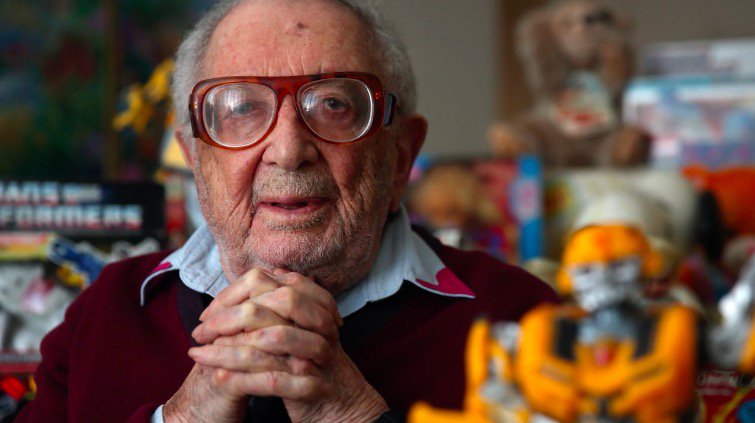
Simple, yet revolutionary invention
The poker world lost a legend Tuesday, as Henry Orenstein, the inventor of the hole card camera, passed away at the age of 98. While few details of his passing are known, it was confirmed by president and CEO of PokerGO, and fellow poker luminary, Mori Eskandani.
Were it not for Orenstein, this site might not exist. The poker industry might not have grown to what it is today, or at least not on the same timeline. Orenstein’s hole card cam, also known as the “lipstick cam” changed televised poker forever, helping jumpstart the poker boom.
There are two main variations of Orenstein’s camera, both of which have been used for a couple decades. In his original design, there is a small window cut into the felt in front of each player where the players lay their hole cards face down. A mirror under the table then reflects the card images to a camera, also under the table. The second type is slightly simpler, with a small camera simply embedded in the rail, showing the cards when the player peeks at them.
Orenstein changed poker forever
Orenstein’s invention debuted on BBC’s Late Night Poker in 1999 and was a hit among audiences. With players, though, it was a different story, at least initially. Many poker pros hated the idea of the viewers being able to see their cards, as now their strategies would become known to the world.
But then Chris Moneymaker won the 2003 World Series of Poker Main Event and we all saw that he bluffed Sammy Farha’s pants off on a massive hand. Without Orenstein’s hole card cam, it would have just been a lay down in a big pot. Televised poker blew up after that as audiences saw how exciting the game could be and, combined with the rise of online poker, the poker boom was upon us.
And it was the poker boom, that changed poker pros’ minds. Thanks in large part to Orenstein, poker pros became celebrities. They reached levels of fame and wealth that they never imagined they could attain. Remember, poker was on television before the hole card cam, but do any of us remember it? Not really.
The hole card cam is not used as much any more thanks to RFID. Now, cards have tiny RFID chips inside them, allowing the identities of each card to be read automagically by a receiver and, in turn, displayed on the television screen.
Henry Orenstein had an amazing life prior to his impact on the poker world. A native of Poland, he survived five Nazi concentration camps during World War II. He emigrated to the United States in 1947, where he ran a grocery store which he later sold.
Orenstein eventually rose to the position of president and CEO of Topper Toys, where he was responsible for loads of successful products, including the Suzy Homemaker Oven. He later worked for Hasbro, where he was key in the company’s development of the Transformers toy line.
Image credit: hobbydb.com























